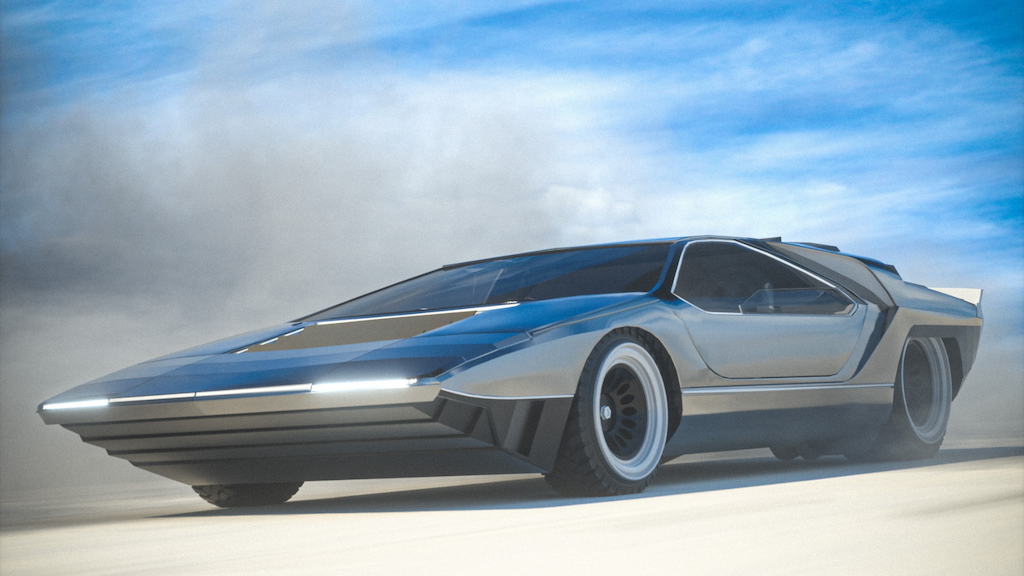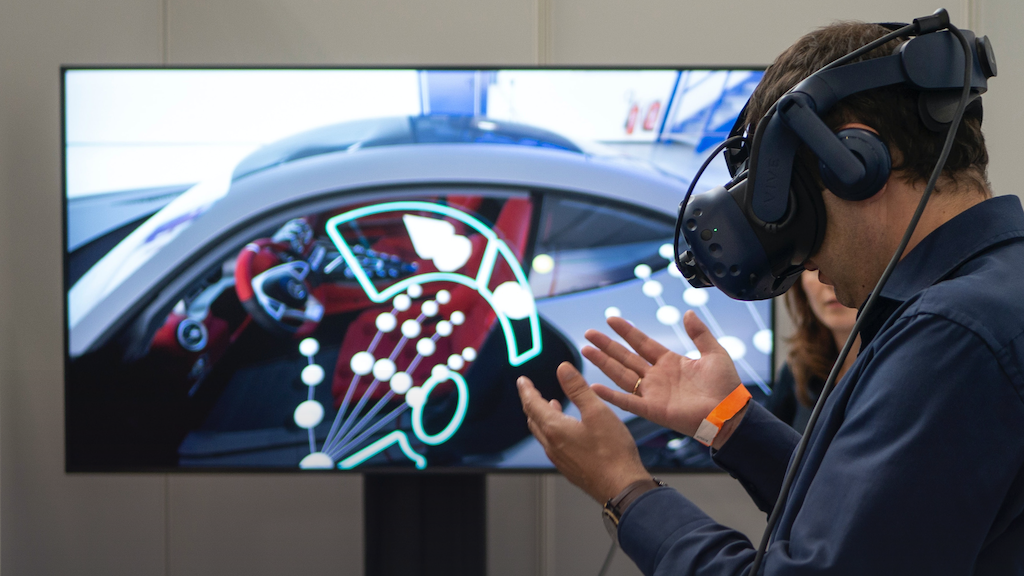

source image: steam
You’re cruising down the coastal road, gripping the wheel of your favourite sports car. The sun begins to set in the distance, this feels like paradise.
Oh! The dinners done!
You put down your VR headset, sink back into reality and get on with your evening.
Wouldn’t it be nice to slip out of your day-to-day every now and again for a quick trip in a brand-new Porsche? How about a bit of offroading in a brand-new Land Rover Defender for something more exciting? Well, with the metaverse just round the corner, it might not be as far off as you think; and leaders in the automotive sector are approaching the scenario with both apprehension and excitement.
Danger on the Horizon?
While energy and optimism around the metaverse is high, there are concerns about what it means for the future of mobility. With access to virtual reality scenarios, will consumers want to travel less? Would they prefer to stay at home and meet up with their friends digitally rather than hit the town? Automotive manufacturers are worried that the motivation to own a car might begin to wain over the next decade, without even mentioning other disruptive technologies like car sharing that are already reducing the need to have an exclusive vehicle.

This extends into the luxury sector with potentially even more stark consequences – if I can entirely simulate the look and feel of driving a porsche in a virtual world, can I justify the massive cost of buying one in the physical world? Many would argue that the physical ownership of such a premium item cannot be replicated fully, but with technology advancing at an ever-increasing pace, how can we be sure?
Experts are particularly concerned about the upcoming generations- will those raised with VR as commonplace continue to place value in high-end physical items? Perhaps they will place higher value on digital items than real- we simply cannot predict the level of impact that the Metaverse may or may not have in the next couple of decades.
A New Age of Digital Design
Despite some valid concerns about how the metaverse might shake up the mobility sector, it isn’t all doom and gloom. The metaverse is also offering automotive manufacturers an opportunity to enhance their design and development functions by taking advantage of boundless digital space in which to collaborate and develop products seamlessly from all over the world.
Digital twin technologies, where companies are able to create a virtual representation of a product or material, are already beginning to have a major impact on the way in which automotive companies are developing new products. The metaverse promises to take this to an entirely new level. Where previously an engineer might work on their own digital twin system using a computer to simulate interactions and gather data, in the metaverse a fully three dimensional render could be maintained persistently, with engineers from all over the world interacting within the same space to collaborate on improvements, design innovations and simulations to enhance the product quickly with no communication downtime. Materials and design choices can be swapped out on the fly and tested in realistic simulations to understand not just the functionality of the product, but also the look and feel to understand how it will translate into the real world.
I pioneering example of this technology has been demonstrated by Nvidia and BMW, who have constructed an entire digital twin of one of their factories. The digital twin factory simulates the physical realm down to the actions of individual team members, allowing BMW to simulate entire production processes and refine new vehicle line manufacturing systems to a granular level before their launch. Nvidia and BMW are anticipating efficiency gains upwards of 30 percent once the system is fully integrated, the details of which can be seen here.
The boundless opportunities of the metaverse will provide designers and engineers with a whole new world in which to develop their ideas like never before. Effective simulation will reduce costs on prototyping and testing, allowing companies to fully test their various procedures without needing physical resources.
The New Showroom
Beyond application for design and development, the dawn of the metaverse has major implications for the development of exciting new customer experiences. COVID-19 expedited the transition for automotive sellers to provide new options outside the classic showroom, including online order and delivery services and some augmented reality and VR options for consumers to get a feel for a vehicle. Expect this trend to shift into overdrive with the metaverse.

Why go to a stuffy showroom to look at a car when you can pop your VR headset on and take one for a test drive round the track in seconds? Consumers will have new options like never before to immerse themselves in the look and feel of a vehicle as the metaverse takes off. Robust simulations to test drive vehicles working in tandem with games design companies are already under development across a range of automotive companies, with modern computing capabilities already able to provide near photo-realistic driving environments for vehicles. These kinds of technologies will only develop further over time, with technologies like haptic gloves potentially able to elevate the experience further through various sensations that imitate the physical world.
Just this month, Motorola-owned firm Acura is planning to launch what it claims to be the first Metaverse-based showroom, with NFT transactional items available in store for purchase. Based on the Decentraland platform, users will be able to take part in a variety of activities like racing cars and exploring their new features.
Some organisations are also anticipating the need for vehicles within the digital plane. As the metaverse takes on a persistent spatial dimension, it might be possible that consumers will want vehicles to use within this realm and so the same attractive elements that draw them to physical cars might also become relevant in the digital world. Similarly, instead of bringing the physical to the digital world, some organisations are looking to bring more of the digital experience into our own realm. Companies like Holoride are exploring how you can use VR technology to enhance the experience of being in transit, using virtual elements overlaid on top of the real world to create games and exciting experiences.
Mobility, But Better
As the lines blur between the digital and physical realms, we can expect consumer tastes to change and adapt to this new world. Some industry leaders have proven apprehensive about the advent of the Metaverse in the mobility sector, and their concerns are not unfounded.
That being said, the metaverse also promises to introduce all kinds of new opportunities in the design, development and indeed reimagining of mobility across two realms of existence in the next few decades. It falls to leaders in the sector not to shy away, but embrace change and seek out the benefits and opportunities that could add resilience and new revenue streams to their business models.
So where do you begin? To become Metaverse-ready, you first need to advance your digital capabilities. We offer organisations the opportunity to not only understand their digital maturity on a fundamental level, but also the most effective and financially-sound route to digital transformation, becoming ready for the metaverse and whatever other exciting technologies will emerge in the next decade and beyond.
Want to know more about Digitopia’s assessment systems? Click here.

